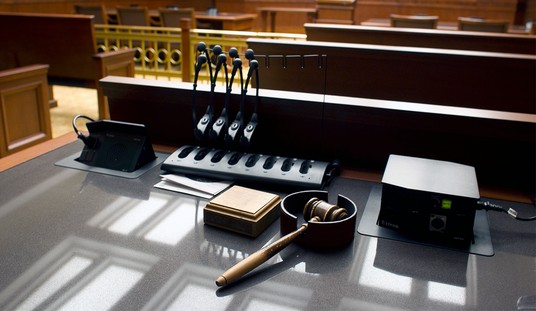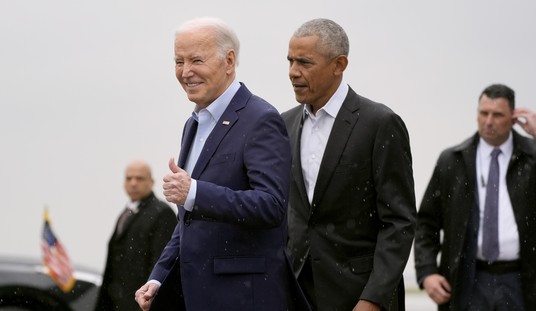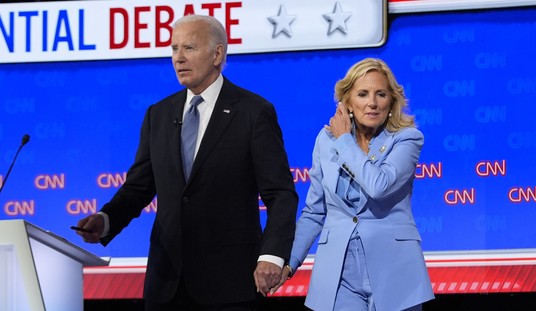When COVID-19 first hit, many of our leaders didn’t know how to cope with it. Everybody shut down for “15 days to slow the spread,” including schools. Schools forced students of all ages into remote learning. But as businesses opened back up, many schools didn’t.
A friend of mine is a member of our local school board, and I’ll never forget the vitriol he and other school board members received when they proposed that local schools reopen. I remember one mother commenting on Facebook that my friend and the other board member who favored in-person learning wanted to “speak death over our kids.” Ultimately, the board decided to give parents a choice.
But not all school districts were so fortunate. In areas where Democrats dominate and teachers’ unions hold too much sway over school policy, kids stayed in remote learning for far longer than in other areas.
Parents can tell you the effects that remote learning had on their kids. Zoom school classes exposed parents to some of the left-wing indoctrination that their kids were experiencing, which has led to the parental rights revolution we’re seeing not just in states like Virginia, Florida, and Georgia but all over the country.
But what about the subjects our students should have been learning? Turns out that remote learning wasn’t effective at all. It’s bad enough that even the New York Times admits the disaster that was pandemic education.
Thursday’s New York Times morning newsletter bears the telling headline: “‘Not Good for Learning’
New research is showing the high costs of long school closures in some communities.”
David Leonhardt writes:
Three times a year, millions of K-12 students in the U.S. take a test known as the MAP that measures their skills in math and reading. A team of researchers at Harvard’s Center for Education Policy Research have used the MAP’s results to study learning during a two-year period starting in the fall of 2019, before the pandemic began.
The researchers broke the students into different groups based on how much time they had spent attending in-person school during 2020-21 — the academic year with the most variation in whether schools were open. On average, students who attended in-person school for nearly all of 2020-21 lost about 20 percent worth of a typical school year’s math learning during the study’s two-year window.
Some of those losses stemmed from the time the students had spent learning remotely during the spring of 2020, when school buildings were almost universally closed. And some of the losses stemmed from the difficulties of in-person schooling during the pandemic, as families coped with disruption and illness.
But students who stayed home for most of 2020-21 fared much worse. On average, they lost the equivalent of about 50 percent of a typical school year’s math learning during the study’s two-year window. (emphasis mine)
Let that sink in. The shutdowns to slow the spread cost our kids a fifth of a year’s worth of math learning. But the students in areas where the teachers’ unions dominated lost half a year of math.
Related: Here’s How We Know That the White House Doesn’t Have a COVID Strategy
This ties in with other studies, as Leonhardt notes. He also points out that remote learning undid much of the improvements that schools across the country had made with black and Hispanic students throughout the 1990s and 2000s.
Leonhardt speaks some painful truths for the left when he points out that “schools with large numbers of poor students were more likely to go remote.”
“Why?” he continues. “Many of these schools are in major cities, which tend to be run by Democratic officials, and Republicans were generally quicker to reopen schools. High-poverty schools are also more likely to have unionized teachers, and some unions lobbied for remote schooling.”
Talk about saying the quiet part out loud!
Leonhardt does explain that educational experts and bureaucrats have ideas on how to remedy the damage that’s been done, but what remains unsaid is that we don’t need to let something like this happen again.
We’re beginning to see the long-term ramifications of government overreach and the lack of a real strategy (especially from the Biden administration) have wrought. Even if students who lost so much learning time can catch up, it’s still alarming that we allowed bureaucrats and teachers’ unions to run roughshod over our kids.
We must make this promise: never again.










Join the conversation as a VIP Member